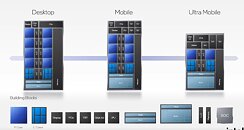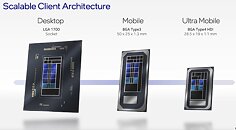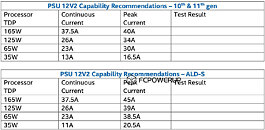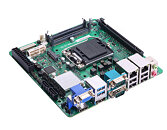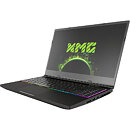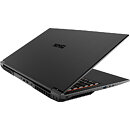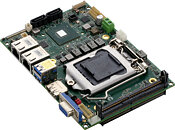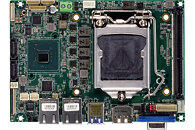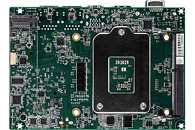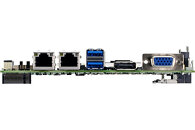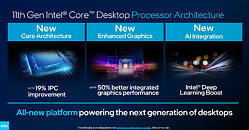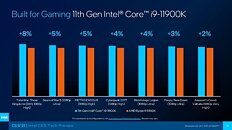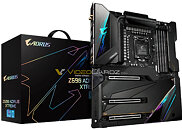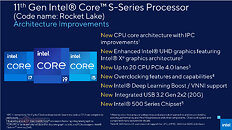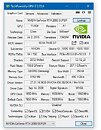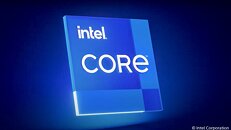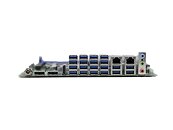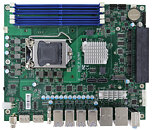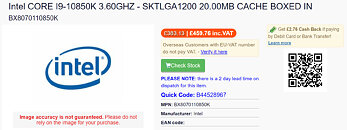
Qualcomm Snapdragon 8cx Gen 3 Put Through CPU-Z Bench
Qualcomm Snapdragon 8cx Gen 3 is a high performance Arm SoC designed to compete with Apple M3, with Windows 11 thin and light notebooks and Chromebooks being its main target devices. Microsoft pins a lot of hope in chips such as the Snapdragon 8cx series as they offer comparable performance and battery life to the current crop of M3 MacBooks. A lot of water has flown under the bridge since Windows RT, and the latest crop of Windows 11 for Arm has a much wider PC application support base thanks to official translation layers by Microsoft. CPUID has an Arm64 version of the popular CPU-Z utility, which correctly detects all the specs of the Snapdragon 8cx, but more importantly, has a Bench tab that can test the single- and multithreaded performance of the CPU.
A Chinese tech enthusiast wasted no time in putting the Snapdragon 8cx through this CPU-Z internal benchmark, and found surprisingly good performance numbers. The single-threaded bench, which loads one of chip's four Arm Cortex-X1C P-cores, registers a score of 543.7 points. This is roughly comparable to that of the AMD "Zen 2" or Intel "Comet Lake" x86-64 core. The multithreaded test, which saturates all four P-cores, and all four Cortex-A78C E-cores, springs up 3479.7 points, which again compares to entry/mainstream x86-64 processors from AMD or Intel. Not impressed? How about the fact that the Snapdragon 8cx Gen 3 is a 7 W chip that idles under 2 W for the most part, and can make do with passive cooling, posting scores comparable to 35 W x86 chips that need active cooling?
A Chinese tech enthusiast wasted no time in putting the Snapdragon 8cx through this CPU-Z internal benchmark, and found surprisingly good performance numbers. The single-threaded bench, which loads one of chip's four Arm Cortex-X1C P-cores, registers a score of 543.7 points. This is roughly comparable to that of the AMD "Zen 2" or Intel "Comet Lake" x86-64 core. The multithreaded test, which saturates all four P-cores, and all four Cortex-A78C E-cores, springs up 3479.7 points, which again compares to entry/mainstream x86-64 processors from AMD or Intel. Not impressed? How about the fact that the Snapdragon 8cx Gen 3 is a 7 W chip that idles under 2 W for the most part, and can make do with passive cooling, posting scores comparable to 35 W x86 chips that need active cooling?























